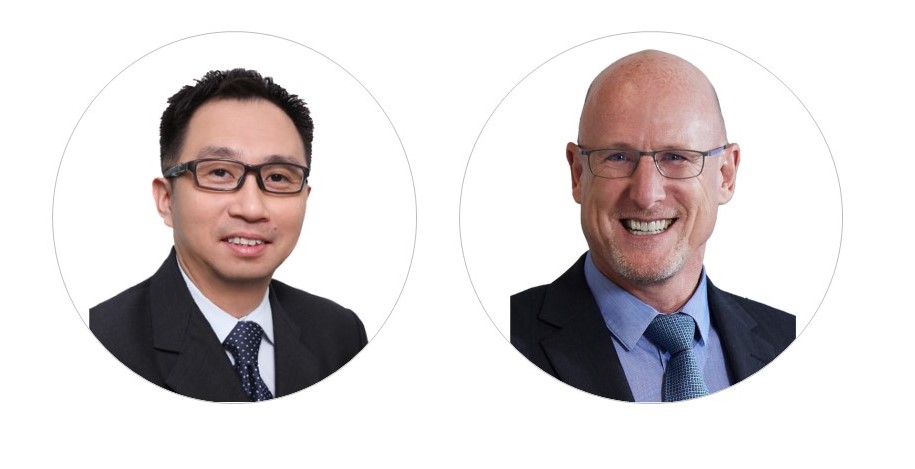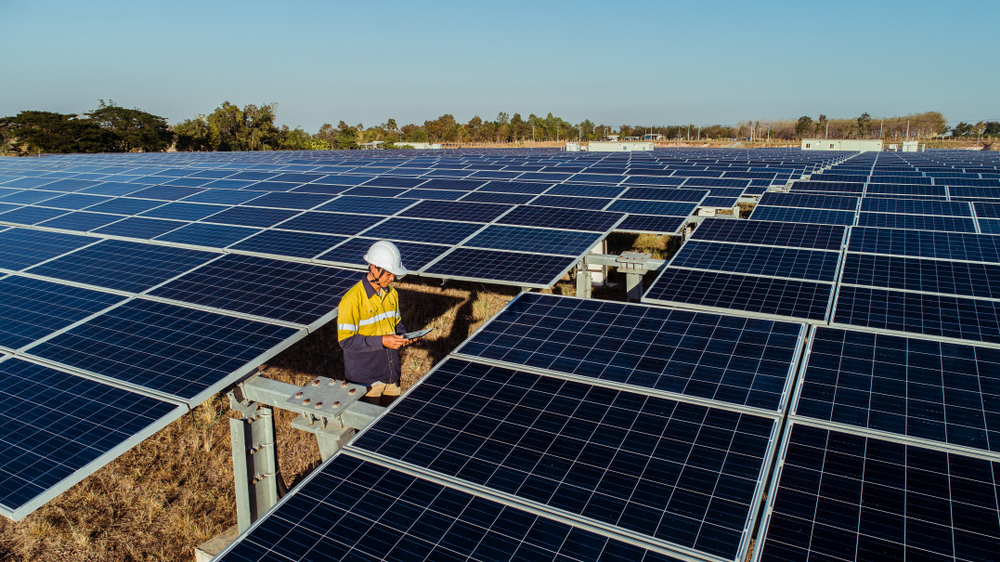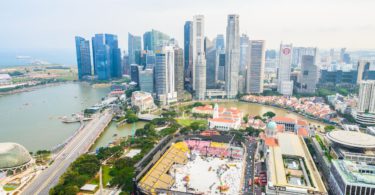 Khoo Sze Boon is Managing Director for Singapore, Vietnam and Philippines at Turner & Townsend and Immediate Past President (Quantity Surveying Division) of the Singapore Institute of Surveyors and Valuers. He has more than 20 years of professional experience and has undertaken senior leadership positions with international construction consultancy firms. John Fowlie is Regional Director for Natural Resources, Asia at Turner & Townsend. He has over 30 years’ experience, having worked in Europe, US, and successfully built and managed significant businesses in the Middle East and South East Asia and Latin America. He has extensive experience in profit and loss management/growth, change management, operational and project/engineering management, as well as technical expertise in engineering design and offshore construction.
Khoo Sze Boon is Managing Director for Singapore, Vietnam and Philippines at Turner & Townsend and Immediate Past President (Quantity Surveying Division) of the Singapore Institute of Surveyors and Valuers. He has more than 20 years of professional experience and has undertaken senior leadership positions with international construction consultancy firms. John Fowlie is Regional Director for Natural Resources, Asia at Turner & Townsend. He has over 30 years’ experience, having worked in Europe, US, and successfully built and managed significant businesses in the Middle East and South East Asia and Latin America. He has extensive experience in profit and loss management/growth, change management, operational and project/engineering management, as well as technical expertise in engineering design and offshore construction.

Image by sutadimages/Shutterstock
Will the impact of COVID-19 pandemic continue to cloud the outlook for construction sector in the coming years?
KSB: The construction market outlook for the next 6 to 12 months is anticipated to remain uncertain. The global pandemic continues to evolve and the resurgence of COVID-19 cases in many countries is one of the most significant risks as Singapore construction sector relies on many external environment factors, with most labour, materials and equipment imported. Inevitably, disruptions arising due to these factors will impact on the outlook and recovery of the construction sector.
How’s the impact on public housing and infrastructure sector in particular?
KSB: This has resulted in majority of the construction contracts awarded in the first half of 2021 to come from the public residential and civil engineering sectors. It is anticipated that this trend will continue for the rest of this year.
The tender pricing for new projects is anticipated to increase and remain volatile; any advice for the industry players?
KSB: Tender prices have been extremely volatile and is expected to remain this way for the rest of this year. Although we could be seeing a gradual increase in terms of construction work demand (mainly driven by public sector projects), the overall market is still facing significant manpower shortage, supply chain constraints, need to further improve productivity and in particular the escalating construction cost attributed to the current situations. Current border restrictions further add to these challenges. Higher labour and material costs are expected over 2021/2022.
More recently, surge in prices for steel reinforcement, copper, other raw/commodity materials and oil are also key drivers impacting on the construction cost. We are also seeing significant cost increase in M&E works due to the unavailability of skilled labour related to these trades.
Thus, the immediate key focus is to resolve the manpower shortage issues so that the pressure on the current backlog could be better managed and eventually resolved.
Read: Construction cost trend 2021: Causes of the increment and the strategies to deal with it
In tandem, there is a need to accelerate some of the initiatives under the Construction Industry Transformation Map which aims at improving productivity and also instilling a more collaborative mindset among the key project stakeholders. These include the adoption of Design for Manufacturing and Assembly (DfMA) technologies, Integrated Digital Design (IDD) and also towards a more collaborative/partnership approach. Any issues relating to risk should be clearly defined and addressed in the contracts. It requires a paradigm shift on the mindset of all key stakeholders within the built environment (BE) sector.
While it is important to adopt the above initiatives to increase work productivity and reduce over reliance on foreign worker, there is a need to continue pushing and supporting the upskilling of the workforce at all levels to support these initiatives.
Notwithstanding the above, it is also crucial for the BE sector to have a steady inflow of workers in a safe and secure manner as the industry still requires workers for the various work trades.
In addition, as the economy and the BE sector transit into the new norm environment, there will be some good practices adopted from the existing safe management measures that are essential to maintain. This would enable business continuity and help to contain any potential outbreak that will disrupt the construction sector again. In short, we cannot afford to be complacent.
Read: Outlook for industrial and office sectors in 2021 economic recovery
Do we expect to see more integration of renewable energy infrastructure in the coming development?
JF: Yes, this will happen worldwide over the next few decades. Global renewable power generation grew at the fastest rate in two decades in 2020, and that growth is set to continue in the aftermath of the pandemic, according to a recent International Energy Agency (IEA) report.
As an example of where we’re heading, the National University of Singapore (NUS) launched Singapore’s first net-zero energy building to be built from scratch, in January at its School of Design and Environment (SDE), complete with environmentally friendly features such as a solar panel roof and a hybrid cooling system which help the new building, called SDE4, to have net- zero energy consumption.
This will be the first of many such net-zero projects, although how quickly and comprehensively this happens in each market will depend on the development economics, location, government policies and commitments, implementation of carbon taxes and energy security concerns.
Read: Singapore-Malaysia joint venture’s renewable energy provision is set to begin as early as end-2021
Singapore recently piloted offshore utility system construction, such as the floating solar farms. Is this a viable option?
JF: Yes, it’s viable and there are floating solar farms being installed in various locations worldwide. In addition, offshore wind (both fixed and floating) is among the fastest growing energy sectors, although not suited to the Singapore market due to climatic conditions here. For similar reasons other forms of offshore energy production such as wave and tidal turbines are not likely to be viable for Singapore. However, the relative calmness of the waters around, and within Singapore, do lend themselves to further floating solar farms.










